Home>Furniture & Design>Interior Design Trends>What Markers Work On Glass
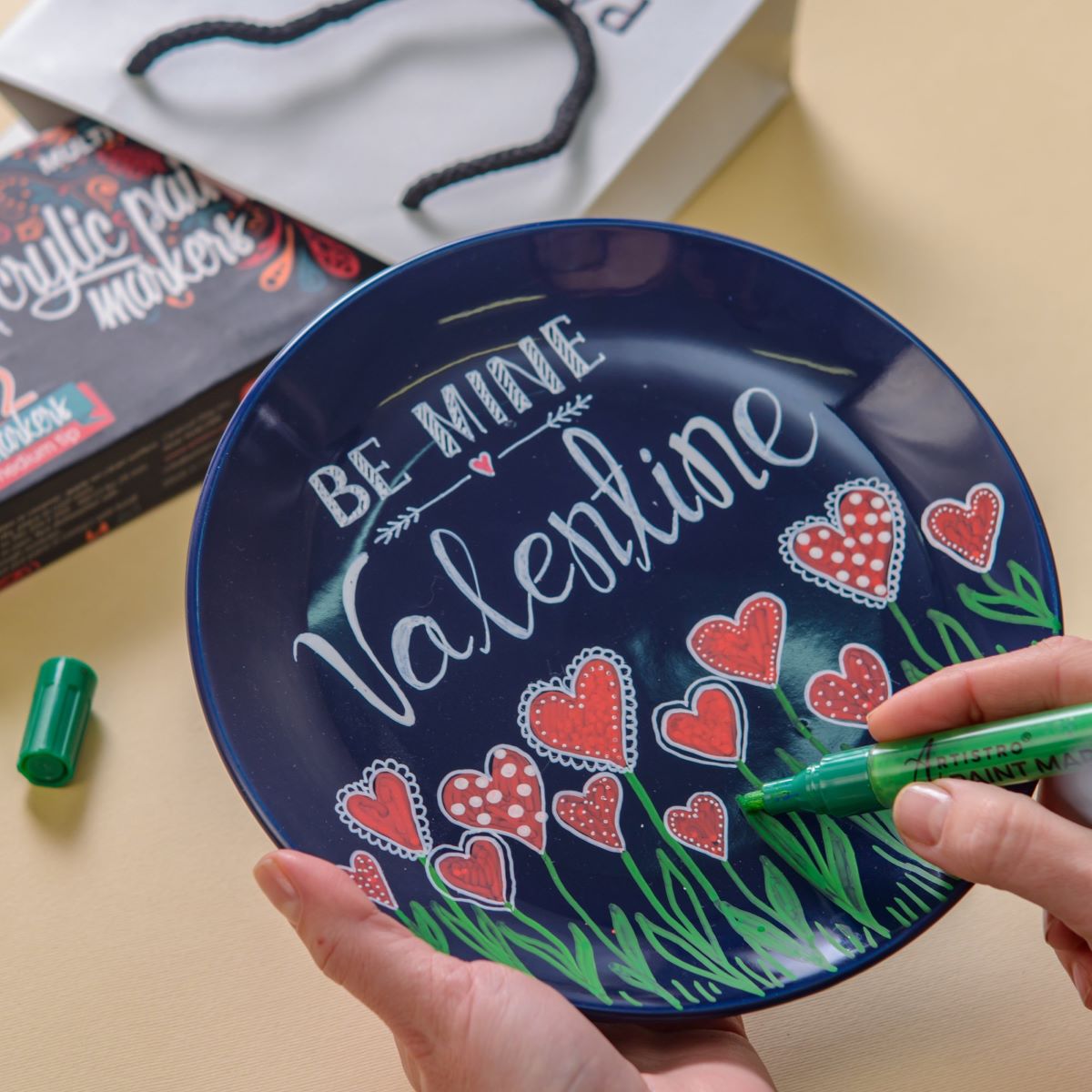

Interior Design Trends
What Markers Work On Glass
Modified: February 29, 2024
Discover the latest interior design trends for markers that work on glass. Elevate your space with these innovative options for glass surfaces. Explore now!
(Many of the links in this article redirect to a specific reviewed product. Your purchase of these products through affiliate links helps to generate commission for Storables.com, at no extra cost. Learn more)
Introduction
When it comes to adding a personal touch to glass surfaces, markers can be a game-changer. Whether you're looking to decorate your windows for the holidays, create custom drinkware, or add flair to a glass photo frame, choosing the right markers is crucial for achieving the desired results. With a variety of marker types available, each offering unique qualities and applications, it's essential to understand the differences between them to make an informed choice.
Markers designed for use on glass can be broadly categorized into water-based, oil-based, chalk, and paint markers. Each type has its own set of characteristics, making them suitable for specific projects and surfaces. Understanding the properties and applications of these markers is essential for achieving the best results and ensuring the longevity of your designs.
In this comprehensive guide, we'll explore the various types of markers suitable for use on glass surfaces, including their unique features, ideal applications, and tips for making the most of each type. Whether you're a seasoned crafter or a novice looking to explore the world of glass art, this guide will equip you with the knowledge needed to choose the right markers and unleash your creativity on glass surfaces. Let's dive into the fascinating world of glass markers and discover the endless possibilities they offer for artistic expression and personalization.
Key Takeaways:
- Choose water-based markers for easy, vibrant designs on glass. Their quick-drying, non-toxic ink offers a wide color range, perfect for creating personalized glassware and decorative window displays.
- Opt for oil-based markers for long-lasting, vivid designs on glass. Their exceptional adhesion, resistance to environmental elements, and vibrant colors make them ideal for indoor and outdoor glass art projects.
Read more: What Paint Works On Glass
Water-Based Markers
Water-based markers are a popular choice for creating vibrant designs on glass surfaces. These markers contain water-soluble ink, which offers several advantages for glass art projects. One of the key benefits of water-based markers is their ease of use. They are suitable for both beginners and experienced artists, providing smooth and consistent ink flow for precise detailing and coloring.
These markers are also known for their quick-drying properties, allowing artists to work efficiently without smudging or smearing their designs. This makes them ideal for intricate artwork and lettering on glass, ensuring that the final result is clean and professional-looking.
In addition to their user-friendly nature, water-based markers are available in a wide range of colors, enabling artists to unleash their creativity and experiment with various shades and tones. Whether you're creating a seasonal window display or personalizing glass ornaments, the extensive color palette of water-based markers offers endless possibilities for expressing your artistic vision.
Furthermore, water-based markers are often formulated with non-toxic ink, making them safe for use in home and family-friendly projects. This feature is particularly important when decorating glassware or creating designs on windows, as it ensures that the finished pieces are safe for everyday use and display.
When using water-based markers on glass, it's important to note that while they offer vibrant and translucent colors, they may not be as durable as other types of markers. Glass surfaces decorated with water-based markers may require additional protection to prevent the designs from fading or wearing off over time. Applying a sealant or varnish specifically designed for glass can help preserve the artwork and extend its longevity.
Overall, water-based markers are a versatile and accessible option for adding artistic flair to glass surfaces. Their ease of use, quick-drying properties, vibrant color range, and non-toxic nature make them a popular choice for a wide range of glass art projects, from decorative window displays to personalized glassware. By understanding the unique qualities of water-based markers and implementing proper preservation techniques, artists can create stunning and long-lasting designs on glass, bringing their creative visions to life.
Oil-Based Markers
Oil-based markers are renowned for their versatility and durability when it comes to creating designs on glass surfaces. These markers contain ink that is formulated with oil-based pigments, offering several distinct advantages for glass art projects. One of the key benefits of oil-based markers is their exceptional adhesion to glass, ensuring that the designs remain vivid and intact over time. Unlike water-based markers, which may require additional sealing to protect the artwork, oil-based markers create long-lasting designs that are resistant to fading and wear.
The ink in oil-based markers is designed to bond firmly with glass, resulting in vibrant and opaque designs that stand out with remarkable clarity. This makes oil-based markers an ideal choice for creating bold and impactful artwork on glass, whether it's decorative window displays, personalized glassware, or intricate designs on glass photo frames. The opaque nature of the ink allows artists to achieve rich and solid colors, making it particularly effective for covering dark or transparent glass surfaces with vibrant designs.
In addition to their exceptional adhesion and color intensity, oil-based markers offer excellent versatility in terms of application. These markers are well-suited for a wide range of glass art techniques, including outlining, shading, and filling in large areas with color. The smooth and consistent ink flow of oil-based markers enables artists to achieve precise detailing and create intricate designs with ease, making them a popular choice for both professional artists and hobbyists.
Furthermore, oil-based markers are known for their resistance to water and environmental elements, ensuring that the designs remain vivid and unaffected by moisture or humidity. This feature makes them suitable for outdoor glass art projects, such as decorating windows or glass panels, where exposure to the elements is a consideration. Whether it's creating seasonal window displays or adding personalized touches to outdoor glass decor, oil-based markers provide a reliable and long-lasting solution for expressing creativity on glass surfaces.
When using oil-based markers on glass, it's important to allow sufficient drying time for the designs to set and cure. This helps ensure that the ink bonds effectively with the glass surface, resulting in durable and smudge-resistant artwork. Additionally, artists should handle oil-based markers with care and follow proper storage guidelines to maintain the quality of the ink and prolong the lifespan of the markers.
In summary, oil-based markers are a powerhouse tool for creating enduring and impactful designs on glass surfaces. Their exceptional adhesion, vibrant color intensity, versatility, and resistance to environmental elements make them a top choice for a wide range of glass art projects. By harnessing the unique qualities of oil-based markers and employing proper techniques for application and preservation, artists can unleash their creativity and produce stunning, long-lasting designs on glass, elevating their artistic endeavors to new heights.
Chalk Markers
Chalk markers have emerged as a versatile and popular choice for creating eye-catching designs on glass surfaces. These markers, also known as liquid chalk or chalk ink markers, offer a unique and dynamic approach to glass art, combining the classic appeal of traditional chalk with the convenience and precision of marker pens. The distinctive qualities of chalk markers make them well-suited for a wide range of glass art projects, from decorative window displays and signage to personalized glassware and creative expression.
One of the defining features of chalk markers is their ability to mimic the appearance of traditional chalk, providing a matte and opaque finish that stands out vividly on glass surfaces. This characteristic makes chalk markers an ideal choice for creating bold and attention-grabbing designs, whether it's writing festive messages on windows, crafting intricate illustrations on glass panels, or adding personalized details to glass containers and mirrors. The opaque nature of chalk marker ink allows artists to achieve high contrast and visibility, making their designs pop with striking clarity.
In addition to their visual impact, chalk markers offer exceptional versatility in terms of application and artistic expression. These markers are well-suited for creating both temporary and semi-permanent designs on glass, providing the flexibility to experiment with different styles and themes. Whether it's seasonal decorations that can be easily updated or semi-permanent artwork for glass displays, chalk markers empower artists to explore a wide spectrum of creative possibilities.
Furthermore, chalk markers are designed to deliver smooth and consistent ink flow, enabling artists to achieve precise detailing and intricate designs with ease. This feature makes them suitable for a variety of glass art techniques, including lettering, drawing, and embellishing surfaces with decorative elements. Whether you're a professional artist or a DIY enthusiast, the user-friendly nature of chalk markers makes them accessible and enjoyable for artists of all skill levels.
When using chalk markers on glass, it's important to consider the intended duration of the designs and the specific characteristics of the glass surface. While chalk markers offer the advantage of easy erasability on non-porous surfaces, such as glass, artists should be mindful of potential smudging or smearing, especially in high-touch areas. Additionally, certain types of glass may require testing to ensure compatibility with chalk marker ink and to determine the ease of removal.
In summary, chalk markers present a compelling and dynamic option for creating captivating designs on glass surfaces. Their ability to emulate the classic appeal of traditional chalk, combined with versatile application and user-friendly features, makes them a valuable tool for a wide range of glass art projects. By harnessing the unique qualities of chalk markers and understanding their potential for artistic expression, artists can unlock new dimensions of creativity and bring their glass art visions to life with captivating and impactful designs.
When choosing markers for glass, look for ones specifically designed for glass surfaces. Oil-based or acrylic paint markers work well and can be easily removed with rubbing alcohol. Avoid using regular markers as they may not adhere properly or be difficult to remove.
Paint Markers
Paint markers are a dynamic and versatile tool for creating enduring and impactful designs on glass surfaces. These markers, also known as paint pens or paint markers, contain pigmented ink that offers exceptional opacity, vibrancy, and durability, making them a popular choice for a wide range of glass art projects. The unique qualities of paint markers empower artists to unleash their creativity and produce stunning designs that stand out with remarkable clarity and longevity.
One of the key advantages of paint markers is their ability to deliver rich and opaque colors that make a bold statement on glass surfaces. The pigmented ink in paint markers provides exceptional coverage, allowing artists to create vibrant and solid designs that pop with vivid intensity. Whether it's crafting intricate illustrations on glass panels, personalizing glassware with detailed artwork, or adding decorative elements to mirrors and windows, paint markers offer the versatility to bring artistic visions to life with stunning visual impact.
In addition to their vibrant color intensity, paint markers are designed to adhere firmly to glass, resulting in long-lasting and resilient designs. Unlike water-based markers, which may require additional sealing for protection, paint markers create durable and smudge-resistant artwork that is resistant to fading and wear. This makes them an ideal choice for both indoor and outdoor glass art projects, providing artists with the confidence that their designs will maintain their visual appeal over time.
Furthermore, paint markers offer exceptional precision and control, allowing artists to achieve intricate detailing and precise lines with ease. Whether it's outlining, shading, or adding fine embellishments to glass surfaces, the fine tips of paint markers enable artists to execute their designs with accuracy and finesse. This level of control makes paint markers suitable for a wide range of glass art techniques, from creating delicate patterns to adding intricate lettering and decorative elements.
When using paint markers on glass, it's important to allow sufficient drying time for the designs to set and cure. This helps ensure that the ink bonds effectively with the glass surface, resulting in durable and long-lasting artwork. Additionally, artists should store paint markers in a horizontal position and follow proper storage guidelines to maintain the quality of the ink and ensure consistent performance.
In summary, paint markers are a powerhouse tool for creating enduring and impactful designs on glass surfaces. Their exceptional color intensity, durability, precision, and versatility make them a top choice for a wide range of glass art projects. By harnessing the unique qualities of paint markers and employing proper techniques for application and preservation, artists can unleash their creativity and produce stunning, long-lasting designs on glass, elevating their artistic endeavors to new heights.
Read more: What Glue Works On Glass
Tips for Using Markers on Glass
-
Surface Preparation: Before using markers on glass, ensure that the surface is clean and free of any dust, fingerprints, or residue. Wiping the glass with a gentle glass cleaner and a lint-free cloth can help create an ideal surface for marker application.
-
Testing on a Small Area: It's advisable to test the markers on a small, inconspicuous area of the glass to ensure compatibility and desired results. This step can help prevent any unexpected reactions or issues when applying the markers to the entire surface.
-
Proper Drying Time: Depending on the type of markers used, it's essential to allow sufficient drying time for the designs to set and cure. This helps ensure that the ink bonds effectively with the glass surface, resulting in durable and smudge-resistant artwork.
-
Sealing the Designs: For added protection and longevity, consider applying a sealant or varnish specifically designed for glass to preserve the artwork. This step can help prevent the designs from fading or wearing off over time, especially for water-based marker applications.
-
Gentle Handling: Once the designs are complete, handle the glass with care to avoid smudging or damaging the artwork. Proper handling can help maintain the integrity of the designs and ensure their long-lasting appeal.
-
Consider the Environment: When using markers on glass for outdoor projects, such as window displays, consider the environmental factors. Choose markers that are resistant to water and environmental elements to ensure the longevity of the designs in outdoor settings.
-
Storage and Maintenance: To prolong the lifespan of markers, store them in a horizontal position and follow proper storage guidelines. This can help maintain the quality of the ink and ensure consistent performance for future projects.
-
Erasability and Clean-Up: For designs created with chalk markers or other erasable markers, consider the ease of clean-up and erasability on non-porous glass surfaces. This can be particularly important for temporary or seasonal designs that may need to be updated or removed.
By incorporating these tips into your glass art projects, you can maximize the potential of markers on glass surfaces and create stunning, long-lasting designs that showcase your creativity and artistic vision.
Conclusion
In conclusion, the world of markers for glass art is rich with diverse options, each offering unique qualities and applications. Water-based markers stand out for their user-friendly nature, vibrant color range, and quick-drying properties, making them an accessible choice for a wide range of glass art projects. While their designs may require additional protection to ensure longevity, the versatility and non-toxic nature of water-based markers make them a popular option for artists of all skill levels.
On the other hand, oil-based markers shine with their exceptional adhesion, vibrant color intensity, and resistance to environmental elements, making them a powerhouse tool for creating enduring and impactful designs on glass surfaces. Their ability to bond firmly with glass and deliver long-lasting, smudge-resistant artwork positions them as a top choice for both indoor and outdoor glass art projects, empowering artists to unleash their creativity with confidence.
Chalk markers offer a dynamic and versatile approach to glass art, combining the classic appeal of traditional chalk with the convenience and precision of marker pens. Their ability to emulate the matte and opaque finish of traditional chalk, combined with versatile application and user-friendly features, makes them a valuable tool for a wide range of glass art projects, providing artists with the flexibility to explore a wide spectrum of creative possibilities.
Finally, paint markers stand out for their exceptional color intensity, durability, precision, and versatility, making them a top choice for a wide range of glass art projects. Their ability to deliver rich and opaque colors that make a bold statement on glass surfaces, combined with exceptional precision and control, positions them as a powerhouse tool for creating enduring and impactful designs on glass surfaces.
By understanding the unique qualities and applications of each type of marker, artists can make informed choices based on their specific project requirements and artistic vision. Whether it's creating decorative window displays, personalizing glassware, or adding artistic flair to glass photo frames, the right choice of markers can elevate the creative process and result in stunning, long-lasting designs that captivate and inspire.
In the world of glass art, markers serve as versatile and powerful tools, unlocking endless possibilities for artistic expression and personalization. With the knowledge gained from this guide, artists can confidently embark on their glass art journey, equipped with the understanding and insight needed to choose the right markers and unleash their creativity on glass surfaces, bringing their artistic visions to life with captivating and impactful designs.
Frequently Asked Questions about What Markers Work On Glass
Was this page helpful?
At Storables.com, we guarantee accurate and reliable information. Our content, validated by Expert Board Contributors, is crafted following stringent Editorial Policies. We're committed to providing you with well-researched, expert-backed insights for all your informational needs.
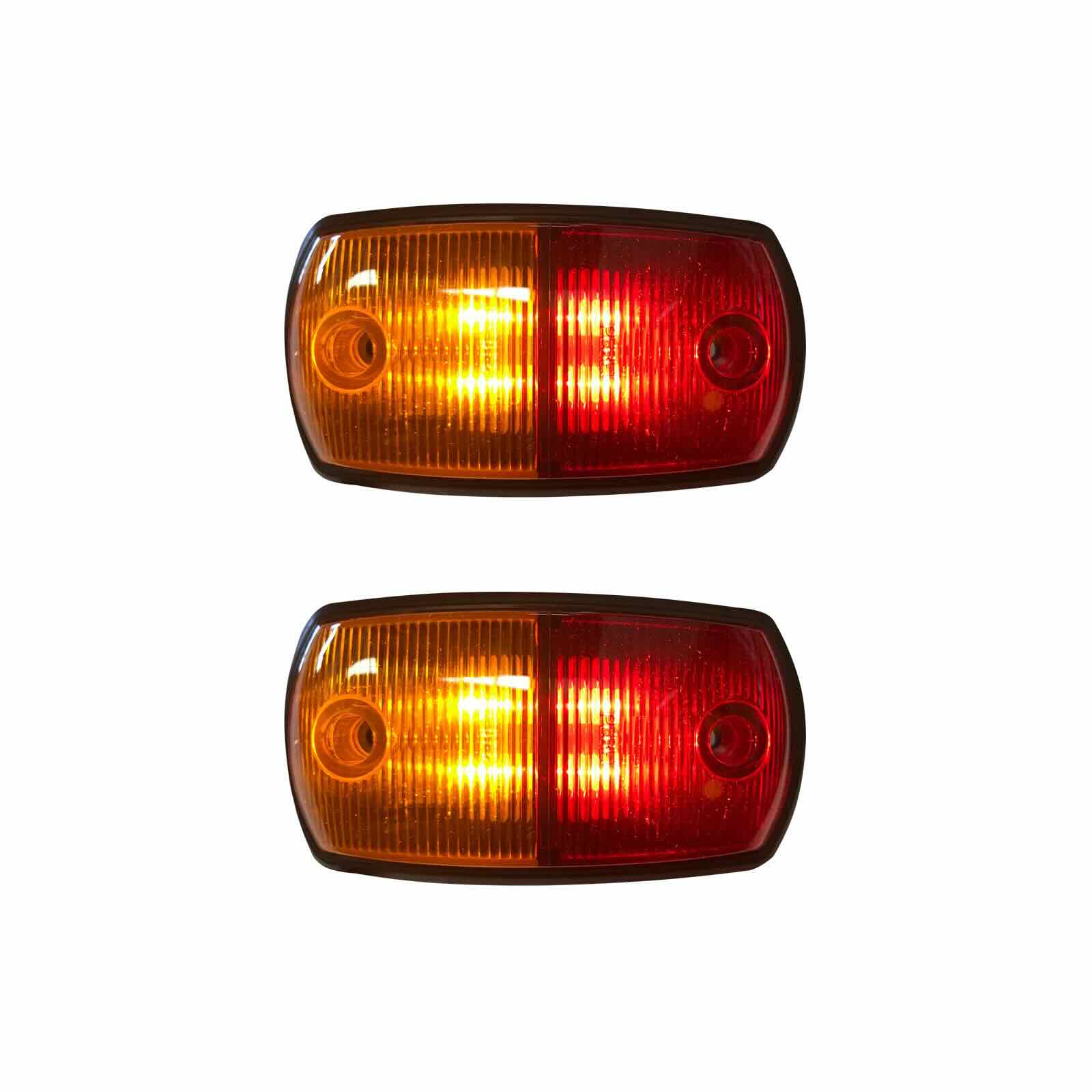
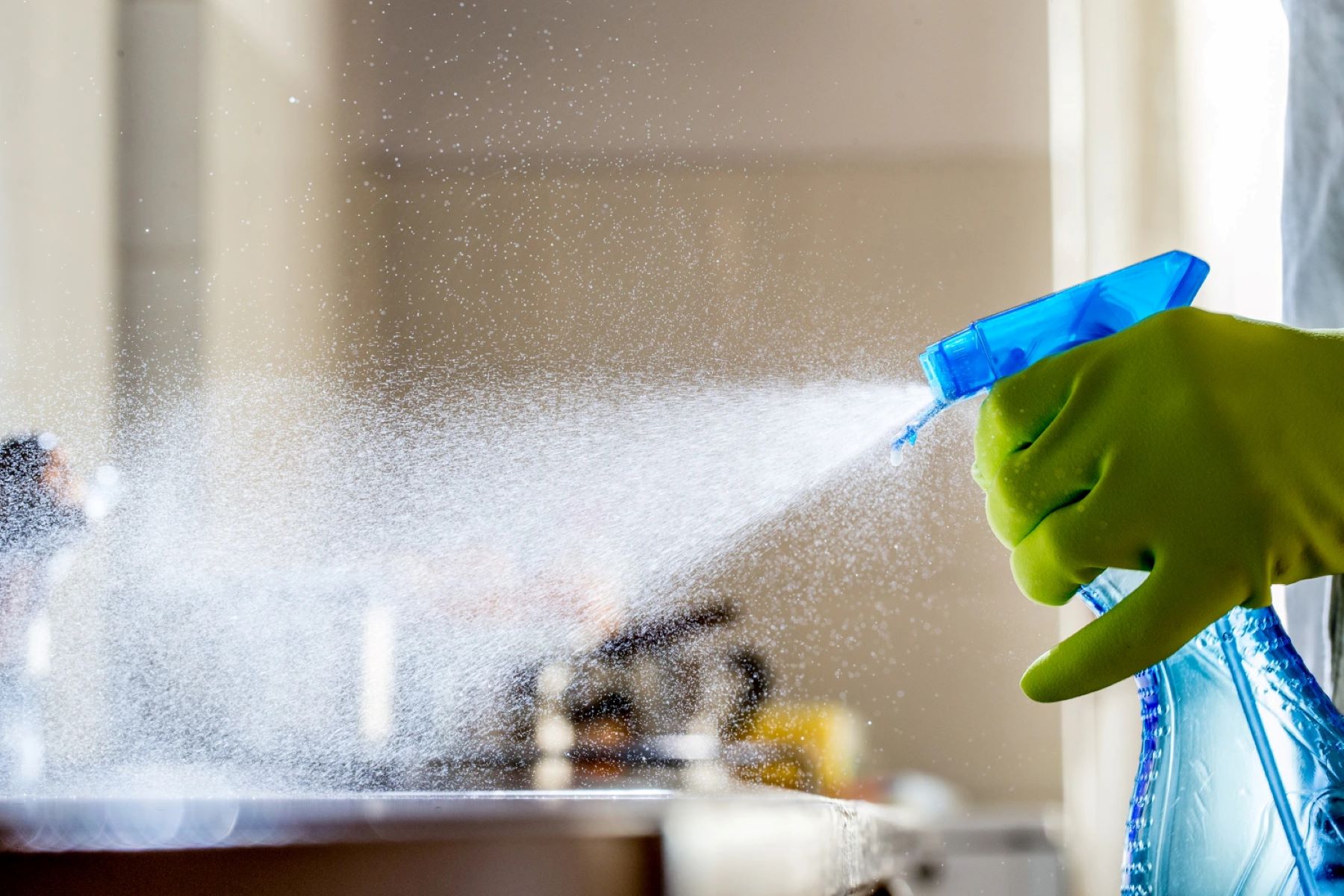
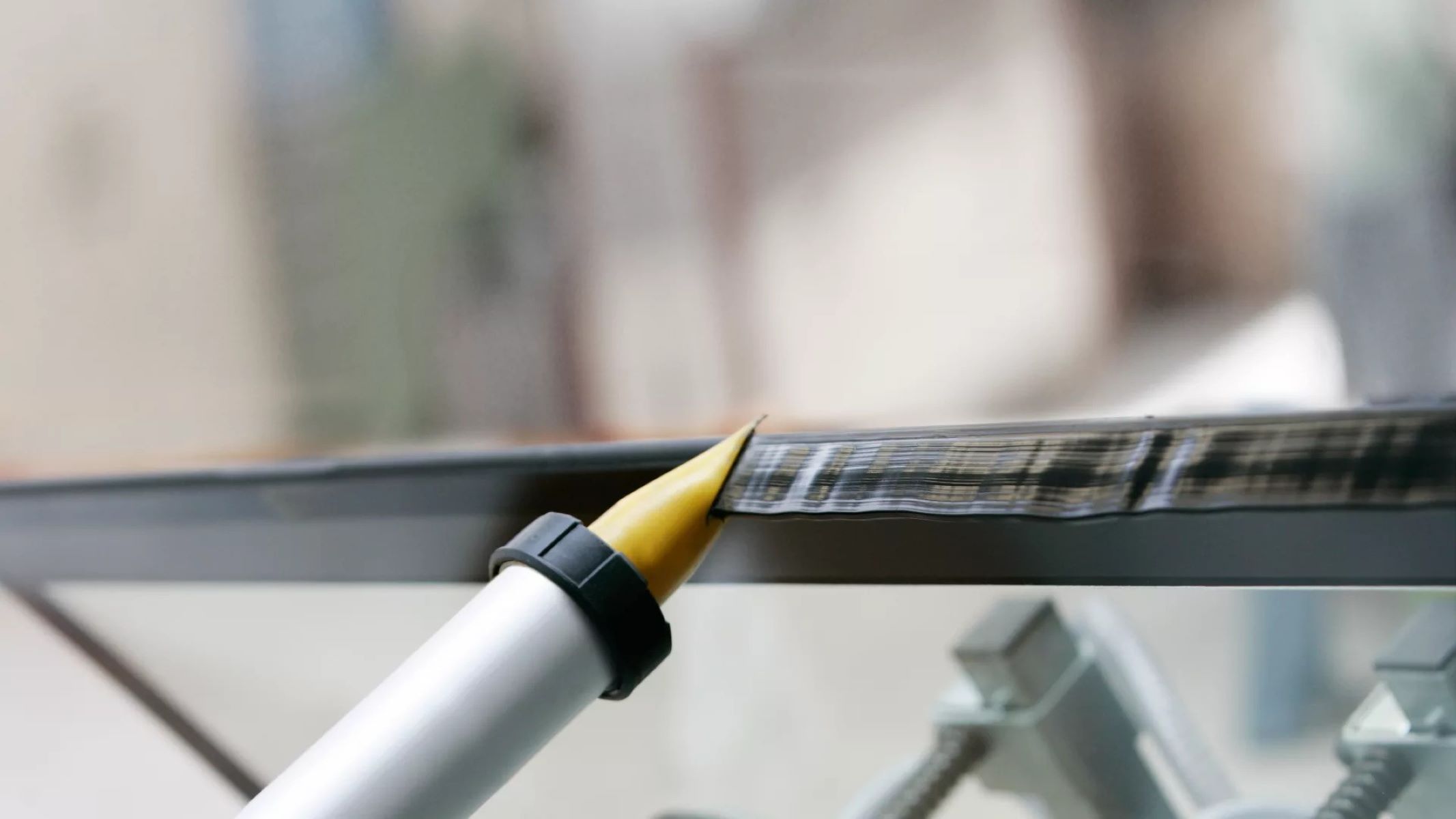
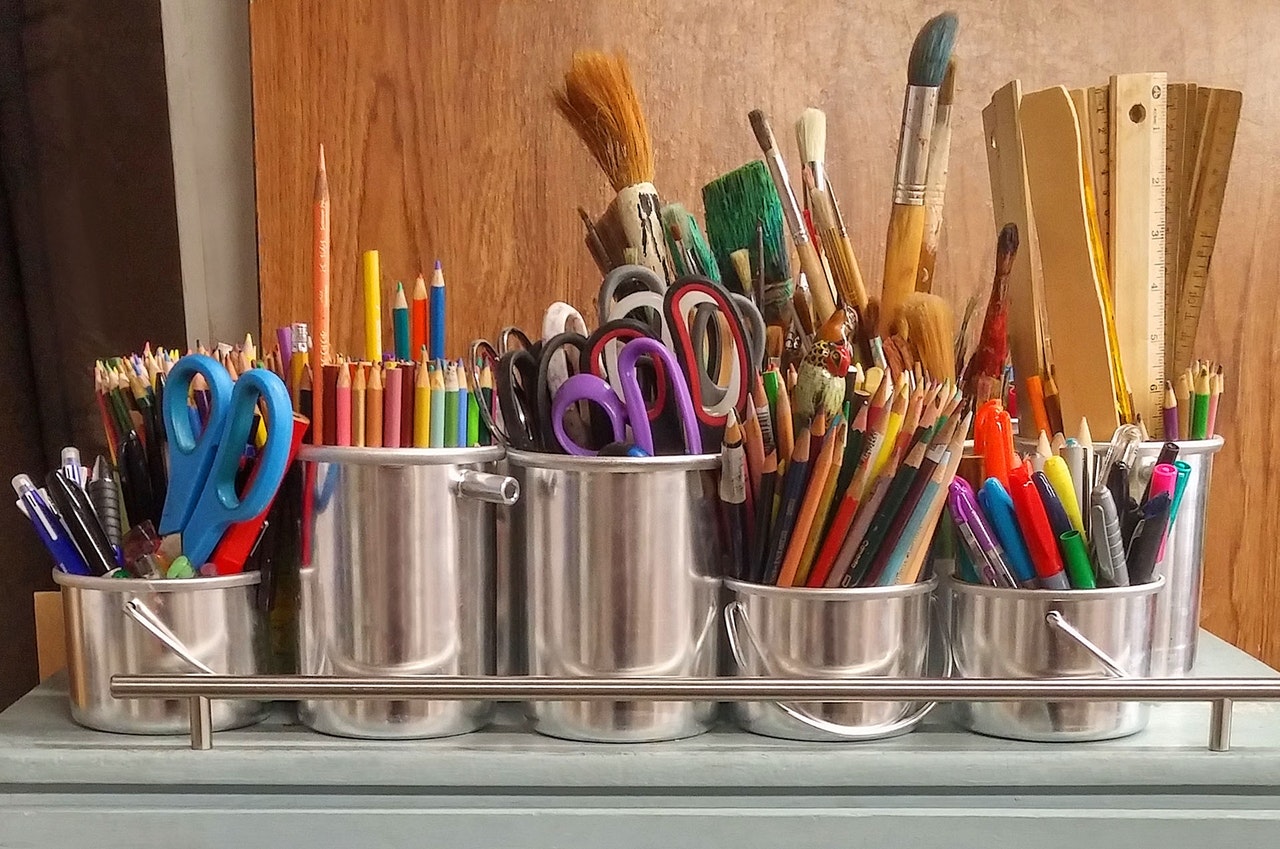
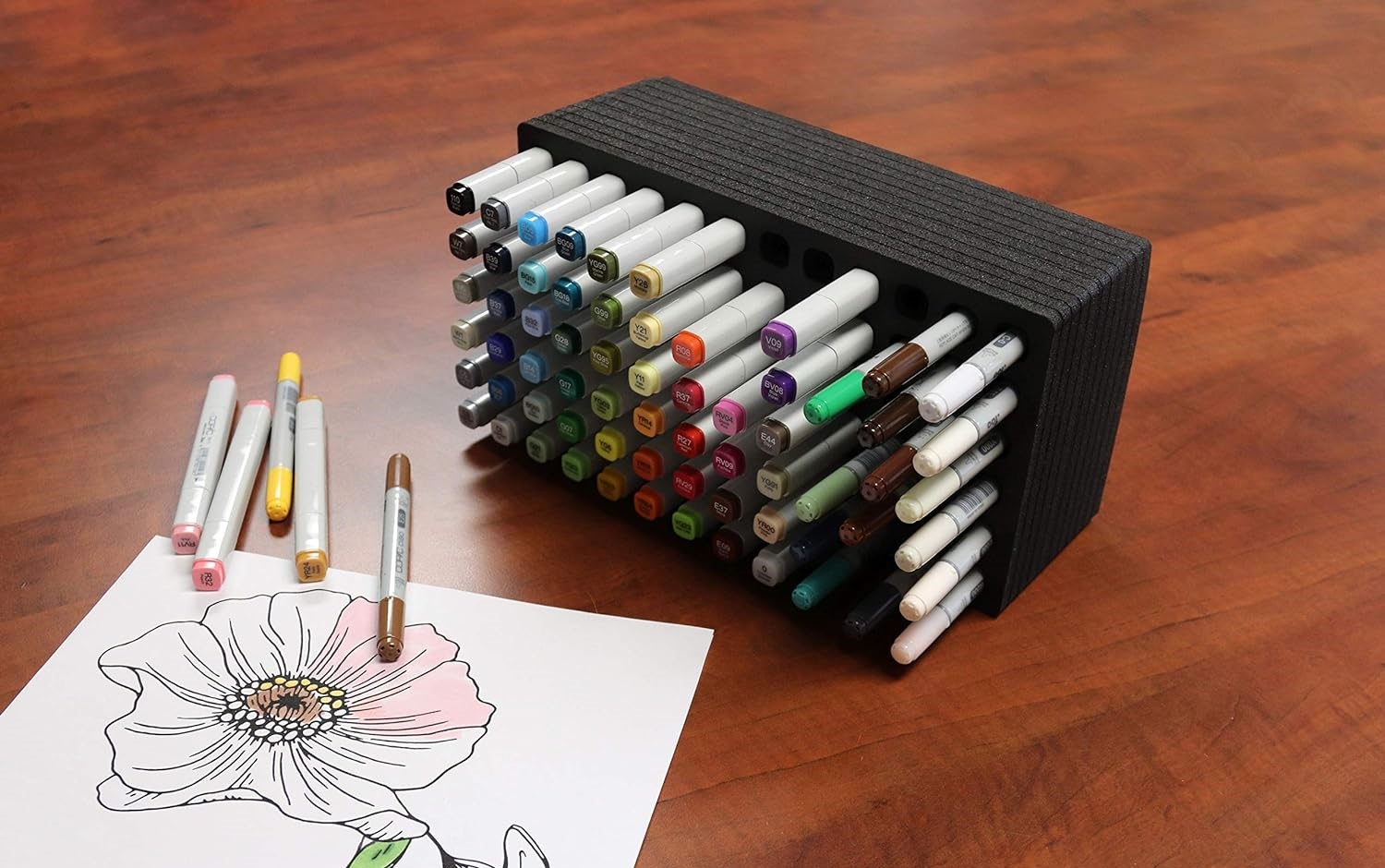
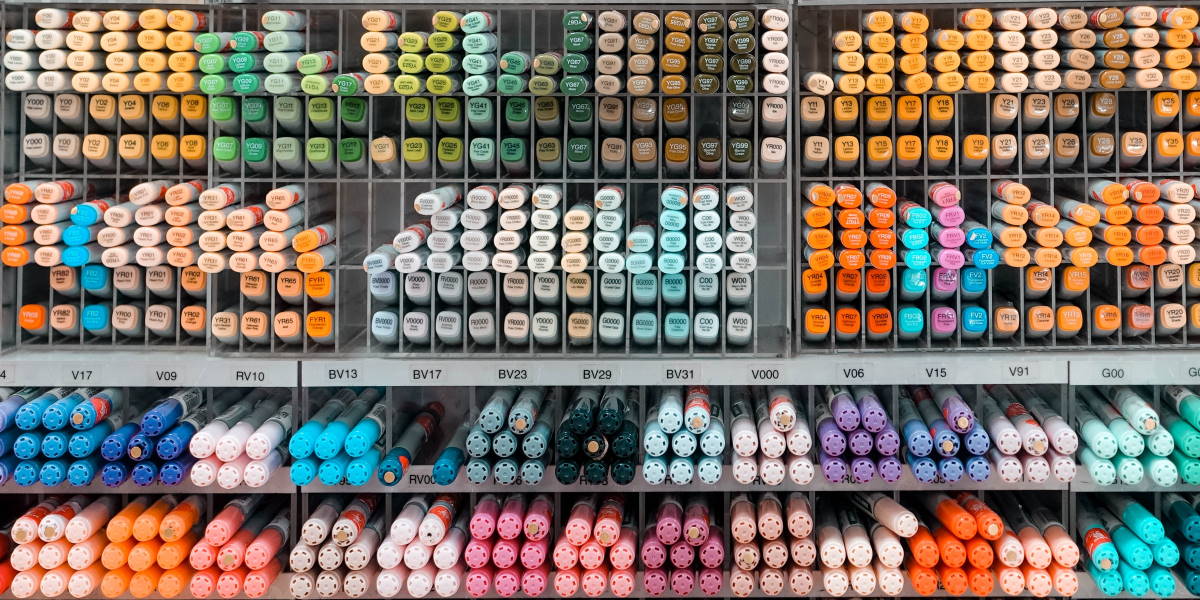
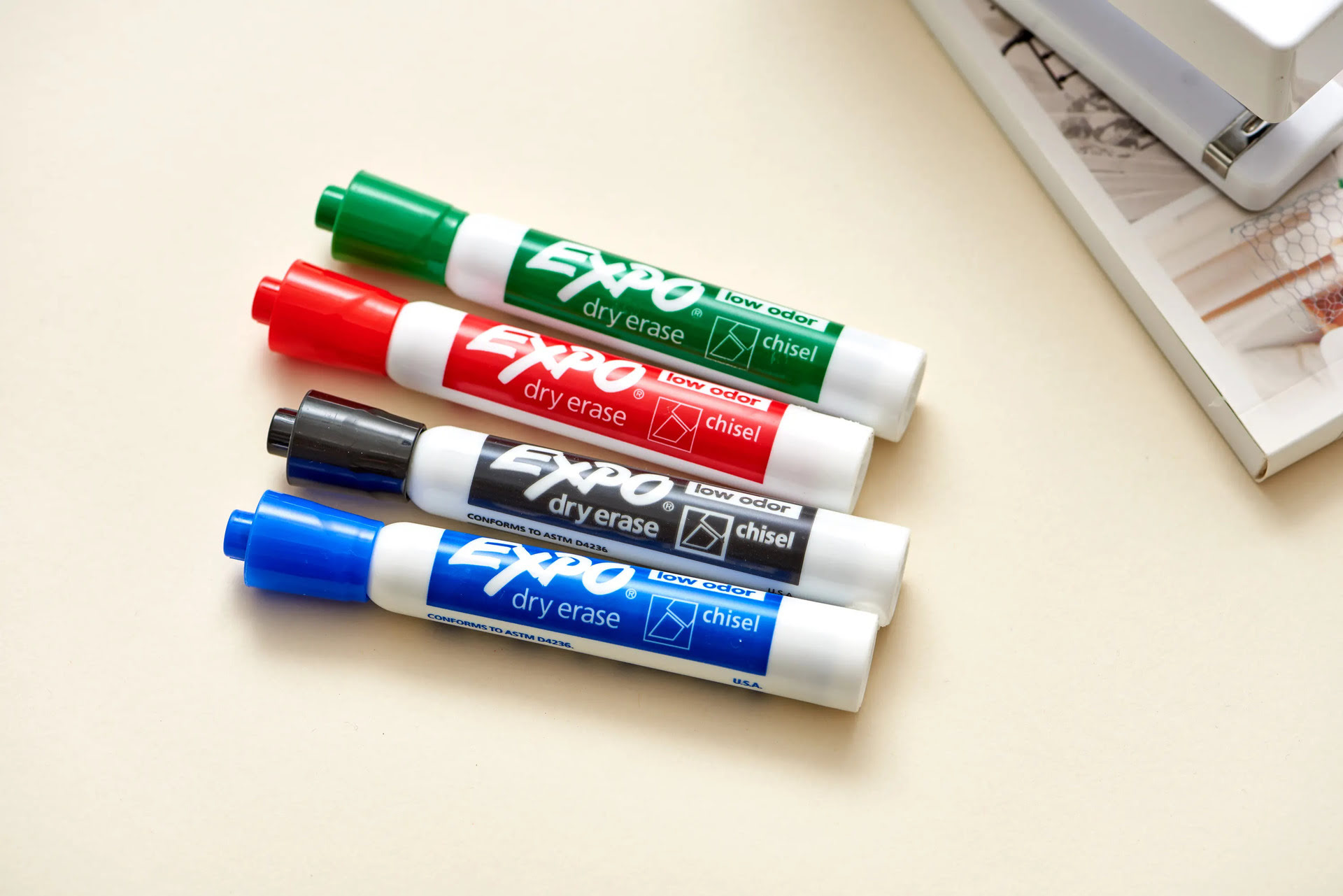
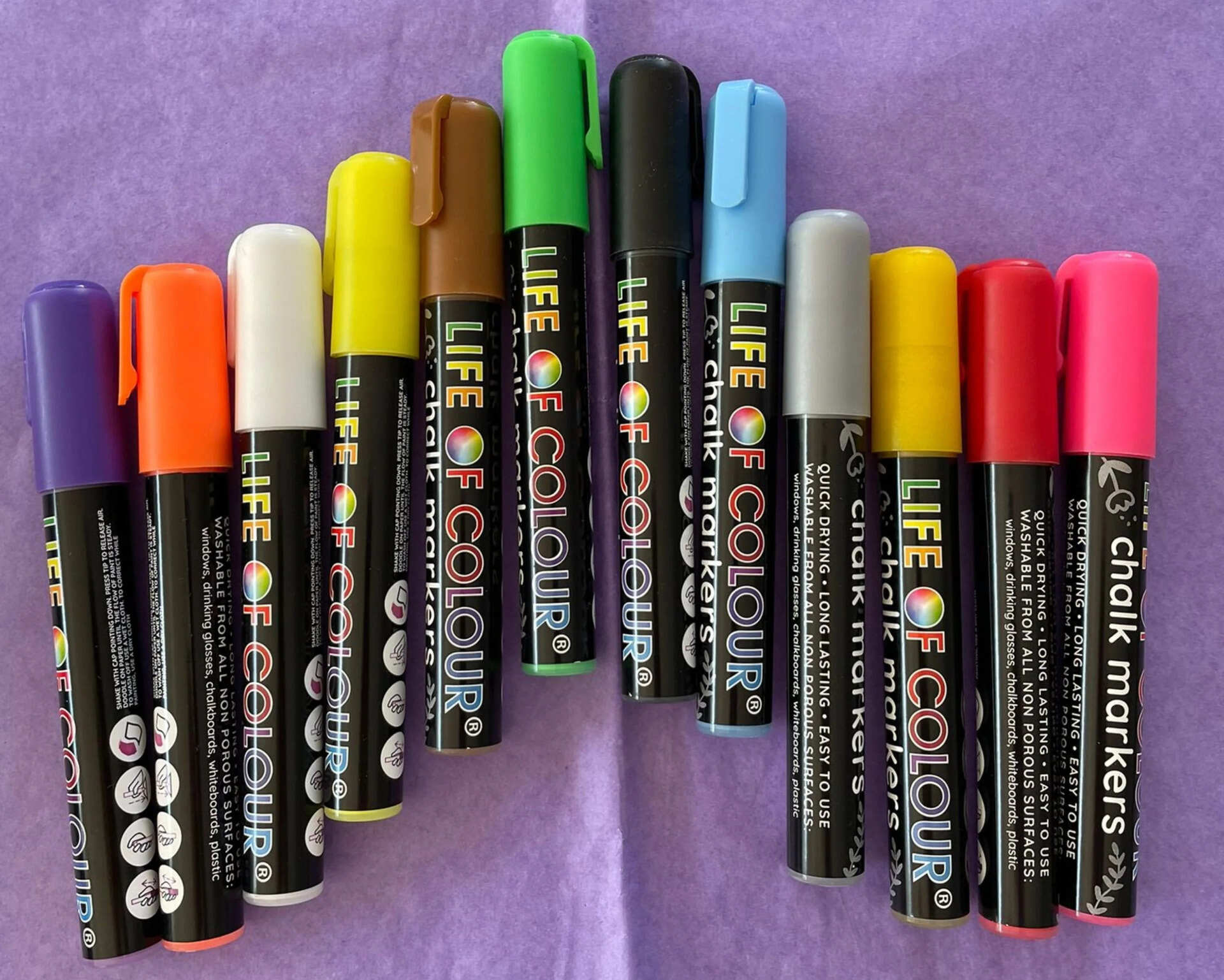

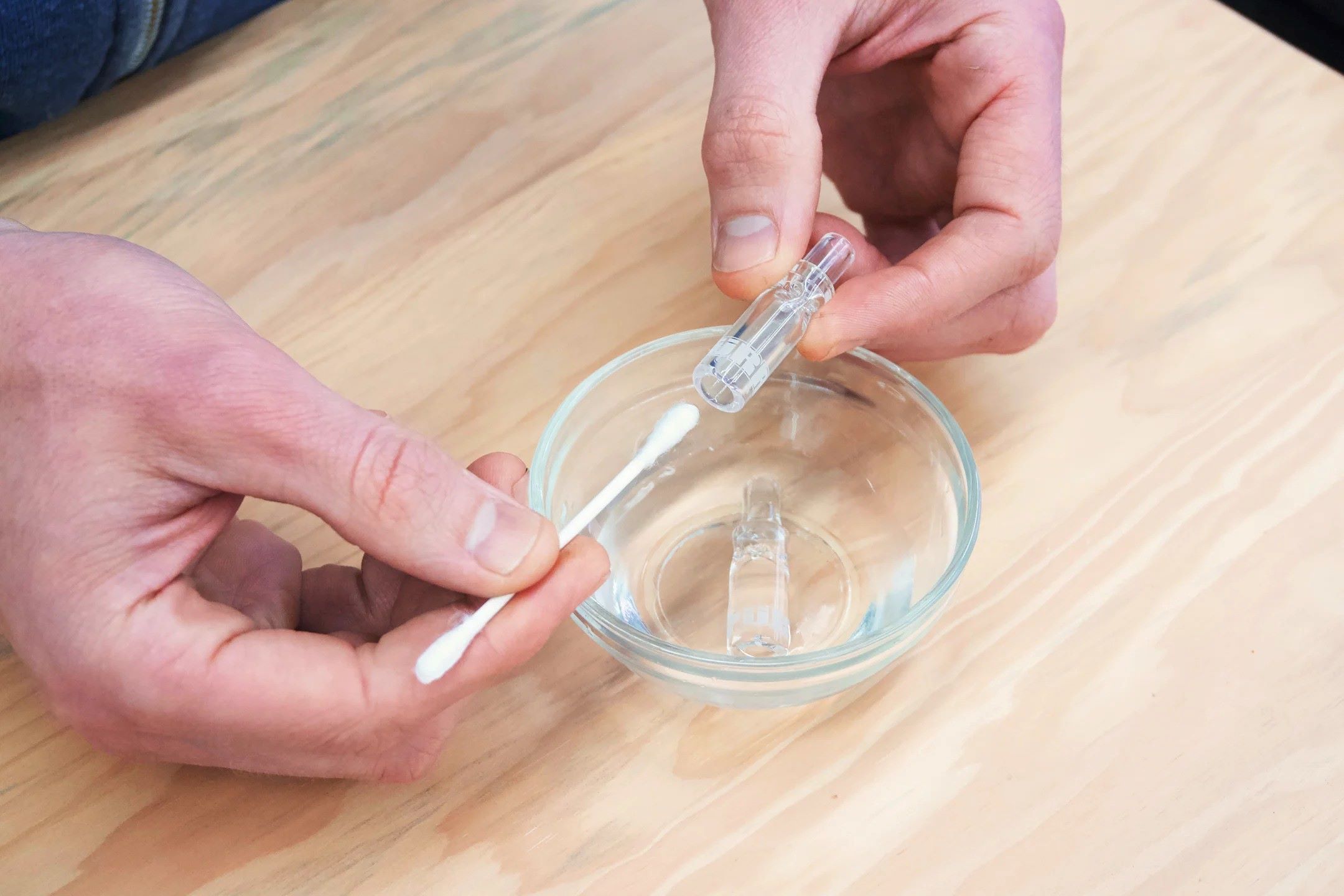
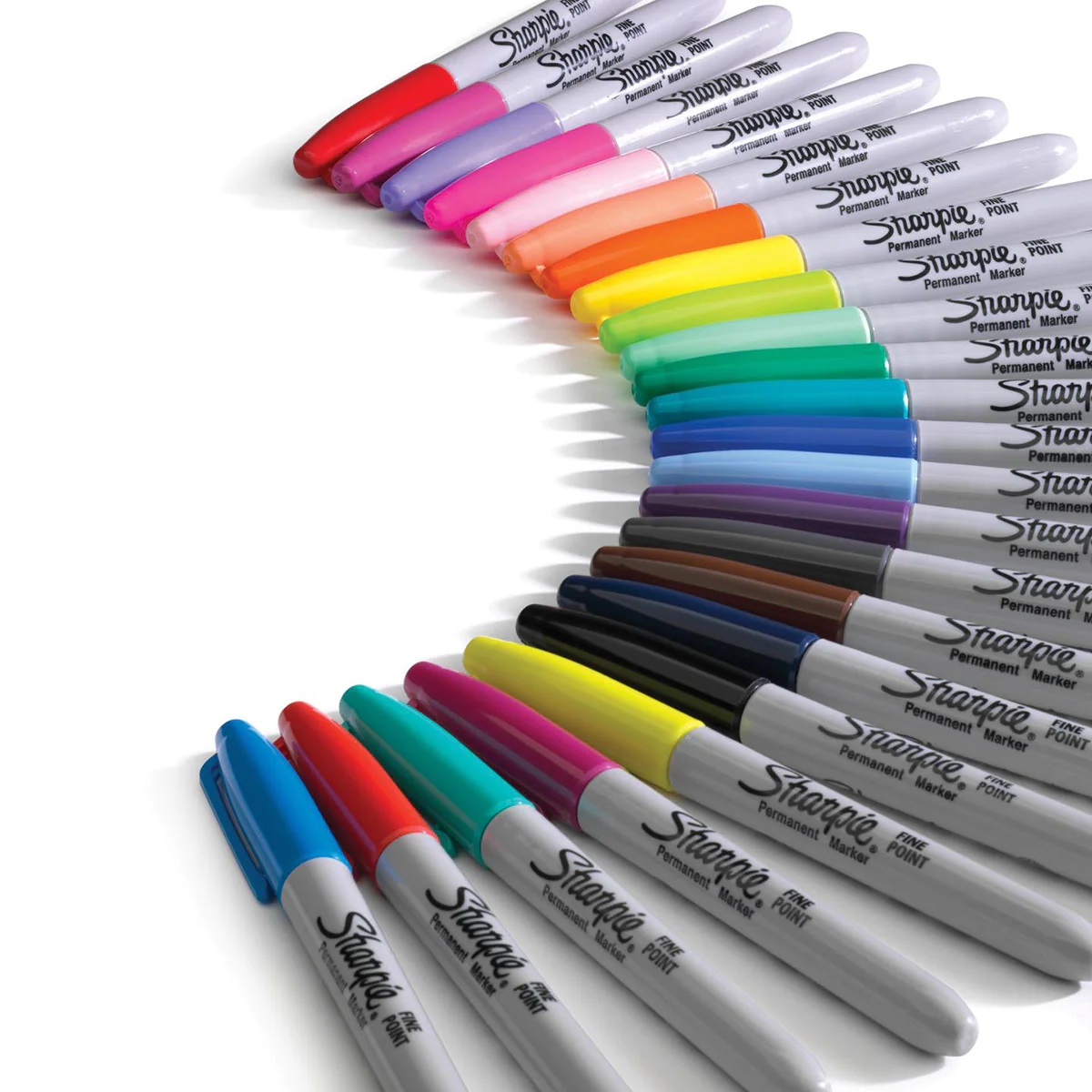
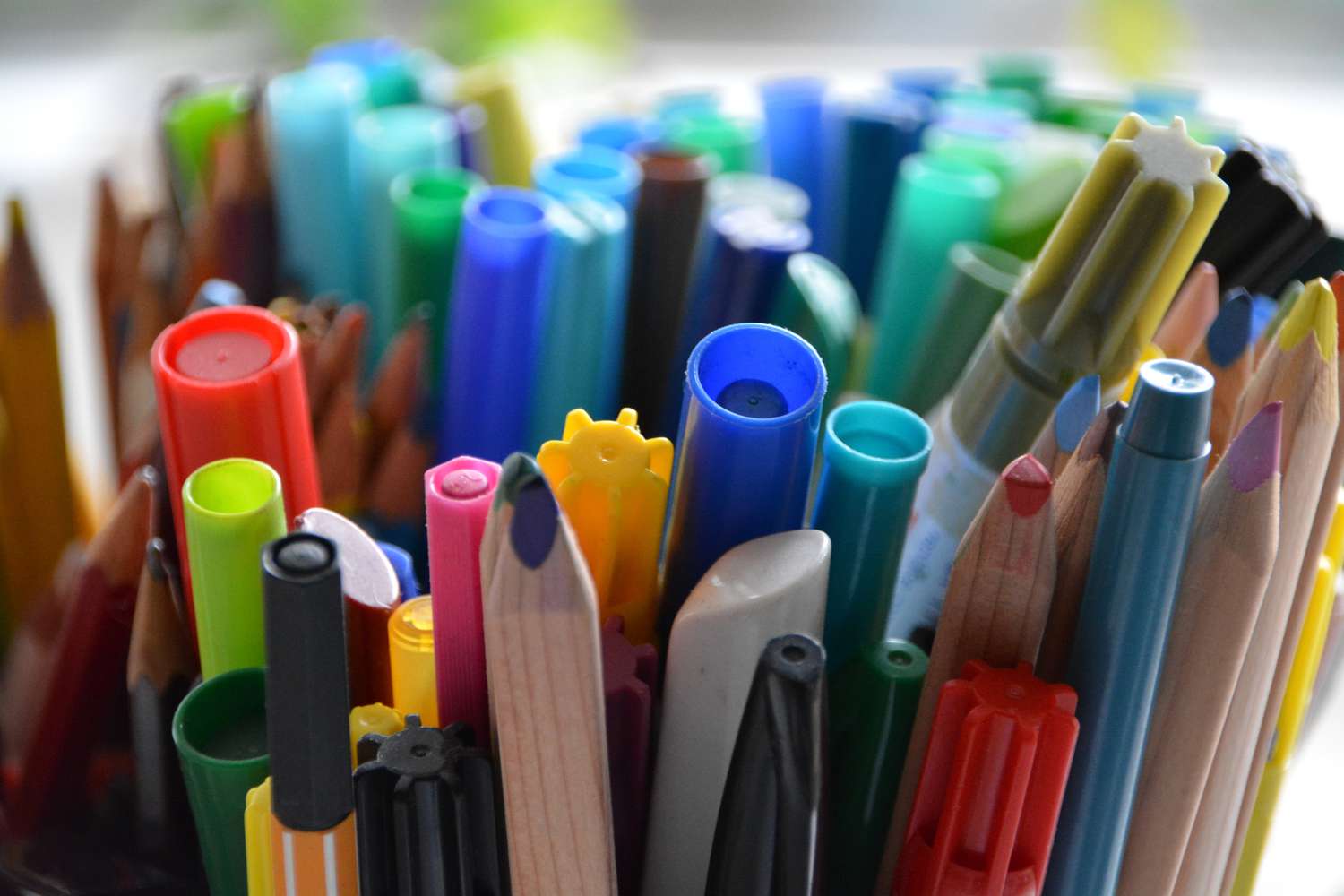



0 thoughts on “What Markers Work On Glass”